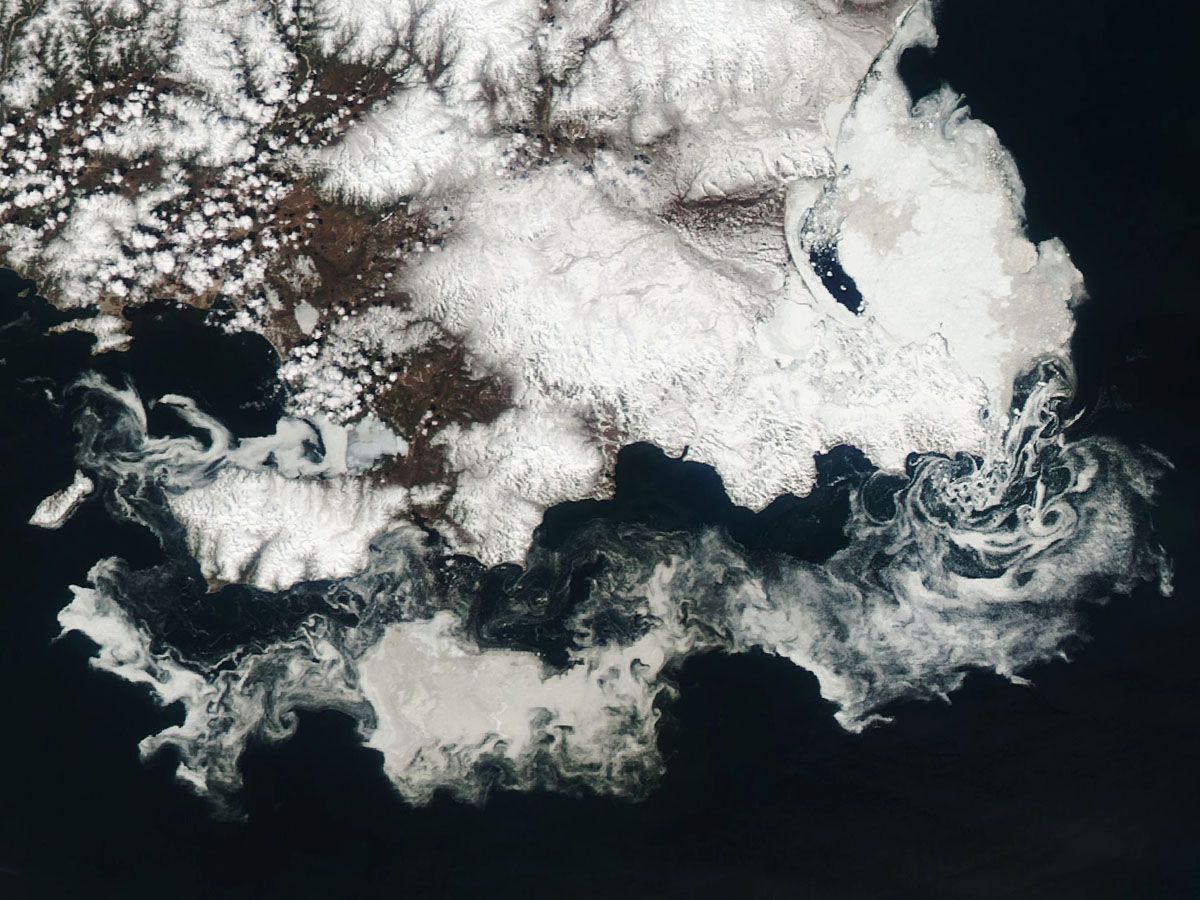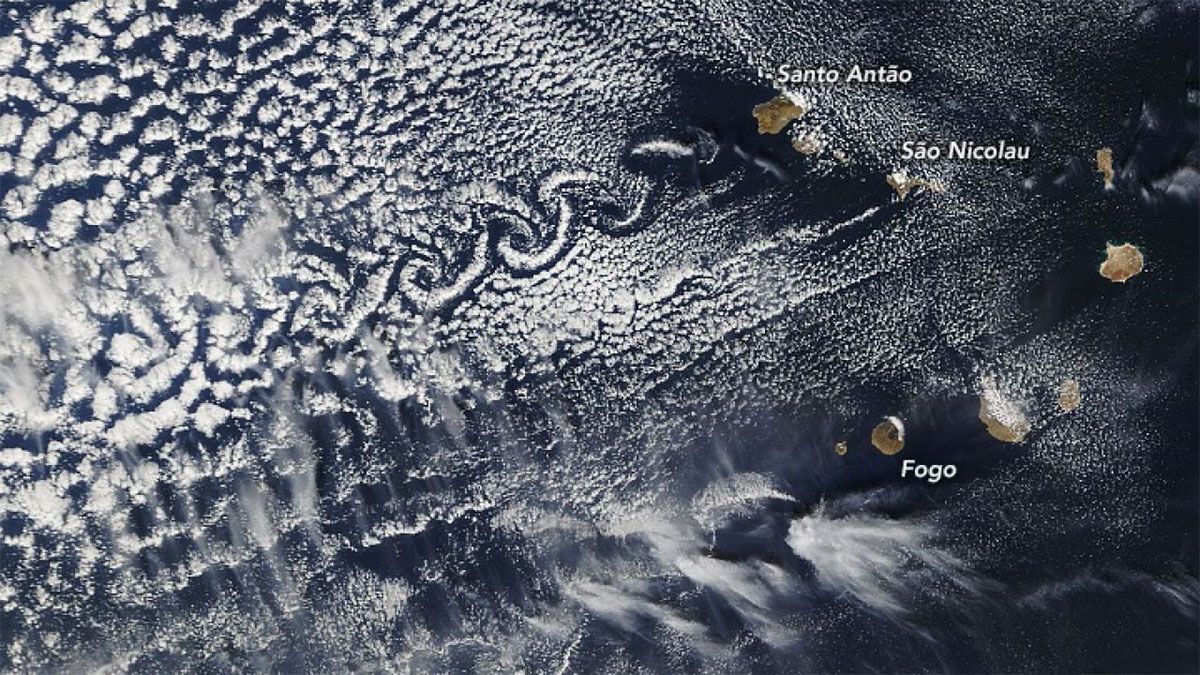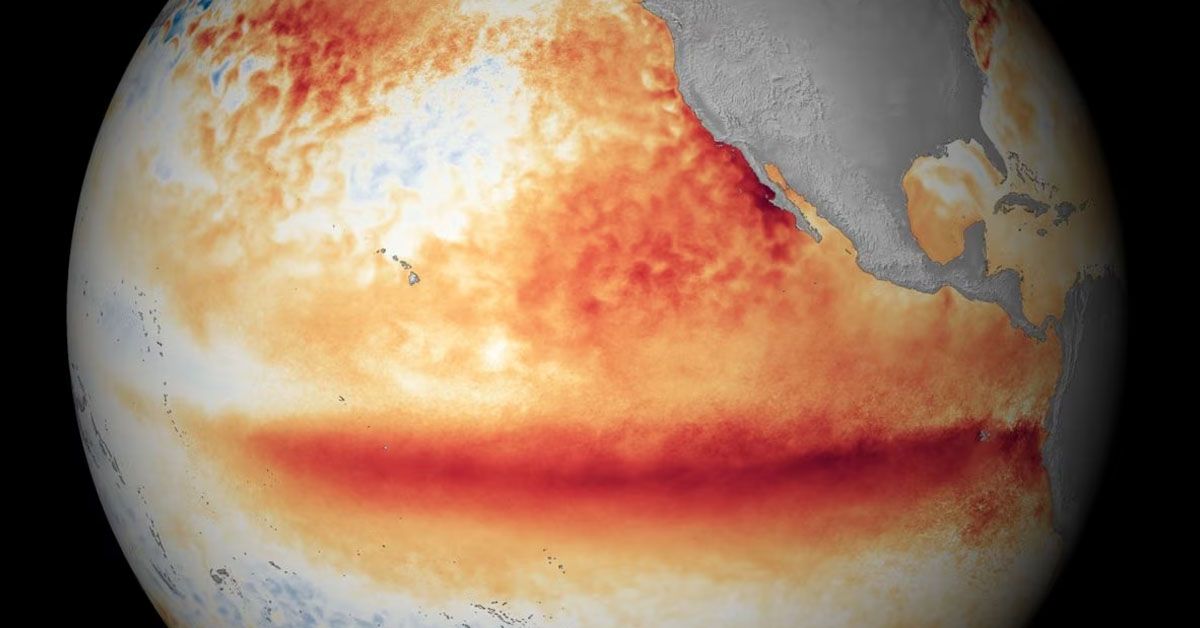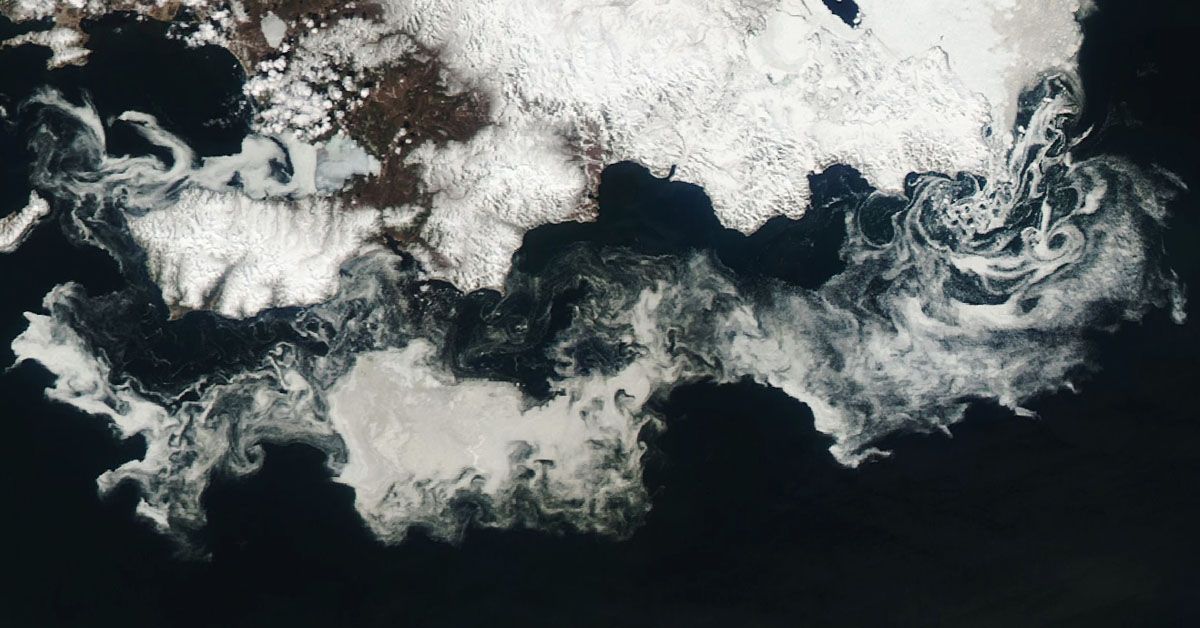Have you ever considered that the mesmerizing spectacle of ice swirls in the ocean could serve as a barometer for our planet's health?
On May 28, 2023, an extraordinary display was unfurled in the Sea of Okhotsk: a ballet of ice, elegantly swirling and twisting in the swift ocean currents.
This event, captured in stunning detail by NASA's Aqua satellite, provided a showcase of Mother Nature's exquisite artistry and, more soberly, a stark indicator of the escalating impact of global climate change.
Observations from NASA's Aqua Satellite
The Sea of Okhotsk, off Russia's Siberian coast, served as an awe-inspiring stage. A stunning ice spectacle unfolded, the winter's hardened surface scattering into innumerable fragments and forming magnificent spirals in the open sea.
The swirling patches of ice, moving rhythmically with the ocean's ebb and flow, presented an unforgettable sight: a captivating ballet, performed by nature's own ensemble.
This intricate display was not witnessed by human eyes from the shores but was meticulously documented by a device orbiting Earth in space.
NASA's Aqua satellite, equipped with the Moderate Resolution Imaging Spectroradiometer (MODIS), played an instrumental role in capturing this event.

As its name suggests, this advanced imaging instrument provides moderate-resolution imagery, offering an invaluable perspective that seamlessly combines detail with coverage.
Thanks to MODIS, researchers and the wider public can appreciate and study these marvelous ice formations, an opportunity previously restricted to a privileged few.
In late winter, the sea ice in the Okhotsk begins a dramatic transformation. The once sturdy ice pack starts to thin and break up, creating smaller, freely moving pieces.
These fragments, no longer bound together, begin a southward and westward voyage, propelled by the icy wind gusts sweeping over the water's surface. The interaction between these forces results in the ice's unique journey.
Sea of Okhotsk: Geographical Location and Characteristics
Located in the western Pacific Ocean, the Sea of Okhotsk is bordered by Russia's eastern Siberian coast and the elongated finger of the Kamchatka Peninsula.
This sea is unique as it is the southernmost sea in the Northern Hemisphere that experiences seasonal freezing.
The geographical location of the Sea of Okhotsk plays a significant role in shaping its climatic attributes, influencing the formation of its annual ice spectacle.
But what makes the Sea of Okhotsk freeze while others at similar latitudes remain relatively ice-free?

The key lies in its unique climatic and geographical interplay. Frigid Siberian air sweeps over the sea each winter, significantly lowering the water temperature.
Concurrently, freshwater inflows from numerous Siberian rivers pour into the Sea of Okhotsk. This freshwater, being less dense than salty sea water, remains at the surface and freezes more readily.
The combination of the cold air above and the freshwater influx sets the stage for the annual creation of sea ice.
The P'yagina Peninsula
Amidst the vast icy landscape of the Sea of Okhotsk, the P'yagina Peninsula stands prominent. More-intact ice is often observed on the peninsula's north side, serving as a unique backdrop to the smaller pieces of ice dancing around it.
The peninsula's geographical features interact with the drifting ice, forming small eddies near a group of islands off the eastern tip of the land.
The process of spirals forming downstream of stationary objects obstructing fluid flow, known as the von Kármán vortex street phenomenon, is readily visible here.

The stationary land masses disrupt the fluid flow, causing the fluid (in this case, the ocean water and ice mixture) to shed vortices on opposite sides.
This process generates a series of swirling vortices, creating the unique ice swirls seen in the Sea of Okhotsk.
Here, the P'yagina Peninsula is not merely a passive observer. It plays a pivotal role, working in tandem with the forces of nature to create this remarkable event.
The Unseen Choreographers: Climate Patterns and Trends
The winter of 2022-2023 marked a noteworthy chapter in the ongoing narrative of global climate change. This season was characterized by a below-average extent of sea ice across the Arctic.
As stated by the NSIDC, an esteemed institution specializing in the study of ice and snow, the sea ice extent reached its minimum point at the conclusion of winter on March 6. It is concerning to note that this marked the sixth smallest extent recorded by satellites.
A reduced sea ice extent does not simply mean a smaller canvas for nature's icy artwork; it also reflects broader climatic changes with far-reaching impacts on the Arctic's ecology and global weather patterns.
To unravel the factors contributing to these changes, we turn to a recent study conducted by Japanese researchers. This research has helped illuminate the complex web of influences shaping yearly differences in the ice extent.

It reveals a compelling interplay of regional cold air masses, low-pressure systems, and the El Niño/Southern Oscillation (ENSO), a recurrent climatic pattern involving changes in oceanic temperatures in the equatorial Pacific. These variables collectively shape the Sea of Okhotsk's icy visage.
However, amidst the annual fluctuations, a longer-term trend is discernible, and it paints a disconcerting picture. From 1979 to 2010, there was a significant decrease in ice extent in the Sea of Okhotsk. The drop is estimated to be about 9 percent per decade, a trend that aligns with broader patterns of diminishing sea ice across the Arctic.
As we marvel at the ice's artful dance, we must also understand the somber tune to which it dances – a tune shaped by human-induced climate change. The patterns of the ice are not only nature's design but also an echo of our own actions.
As the unseen choreographers of this icy spectacle, what steps can we take to ensure a sustainable future?
Sources: nasa.gov













